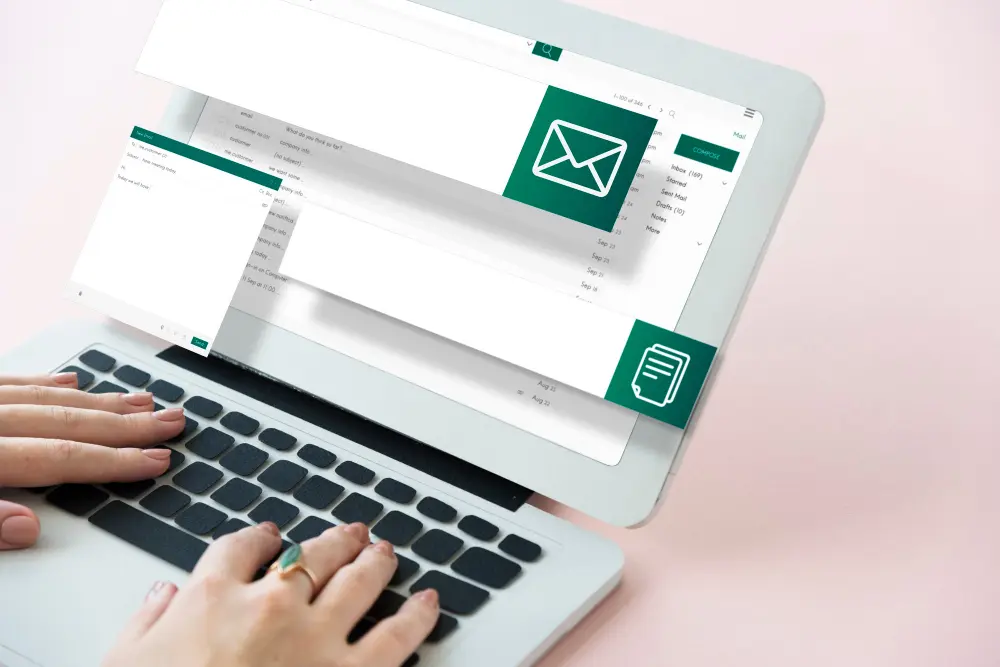Effective Communication

Effective communication is more than exchanging information. It requires understanding the emotions and intentions behind words. In clinical research, where clarity and precision are crucial, emotional intelligence makes the difference. Active listening, clear speaking and writing, and adapting to different communication styles are key. Essential skills include written and verbal communication, responsiveness, presentation skills, non-verbal signals, and active listening. Together, these form the foundation for successful collaboration both internally and externally.
The Corporate Email and How to Compose It
Email remains the primary tool of business communication, with billions sent daily. Its strengths are speed, convenience, and permanence, but these also carry risks—an ill-considered email can harm relationships or reputation.
Before writing, ask: is email the right tool? Define your goal and write a clear subject line of 5–7 words. Avoid casual or pushy tones. In the body, personalize your greeting, explain your purpose, and close politely. Keep emails short and focused, ideally one topic per message. Always proofread before sending.
Simplicity is vital: be direct, remove unnecessary details, and format with user-friendly fonts. Over-communication clutters inboxes, so prioritize clarity and brevity. Remember: emails are permanent records that can be stored and shared indefinitely.

Organizing Your Email Communication (Tips)

Templates or “canned” responses save time for recurring situations. Always personalize by addressing recipients by name. Follow up promptly and do not rely solely on email—sometimes another channel works better.
When emailing groups, use CC for relevant recipients and BCC when protecting privacy. Avoid overusing group emails, as they lead to clutter.
Calls to action should be clear, direct, and visually easy to find. Gratitude (“Thanks in advance for your support”) improves response rates and strengthens relationships.
Communication Policies
Every email must include a subject, body, and approved signature. Attachments should be virus-free and reasonably sized. Clarity and professionalism are non-negotiable. Always use English in written communication, as Accelsiors operates internationally.
Employees must safeguard company reputation and confidentiality. Do not share sensitive information or mix personal opinions with professional communication. On social media, use only approved corporate content, follow branding rules, and never misuse the company logo.

Common Errors, Tips and Guidelines

Frequent mistakes include incorrect company name usage, unnecessary bolding, multiple punctuation marks, misuse of “its/it’s,” long adjective strings, and overuse of upper case. Abbreviations and acronyms should be accurate and clear.
Prefer active voice, not passive. Assume email is not confidential. If a mistake occurs, recall or apologize quickly. Always think mobile—messages should be easy to read on any device.
Email Etiquette Essentials
Be clear and concise
One topic per email, with a focused subject
Proofread before sending
Avoid errors and unintended tone
Be professional and polite
Your email reflects both you and the company

Use CC/BCC wisely
Respect privacy and avoid unnecessary recipients
Think before you send
Once written, it remains permanent
Follow the company template
Signatures, formatting, and branding matter


